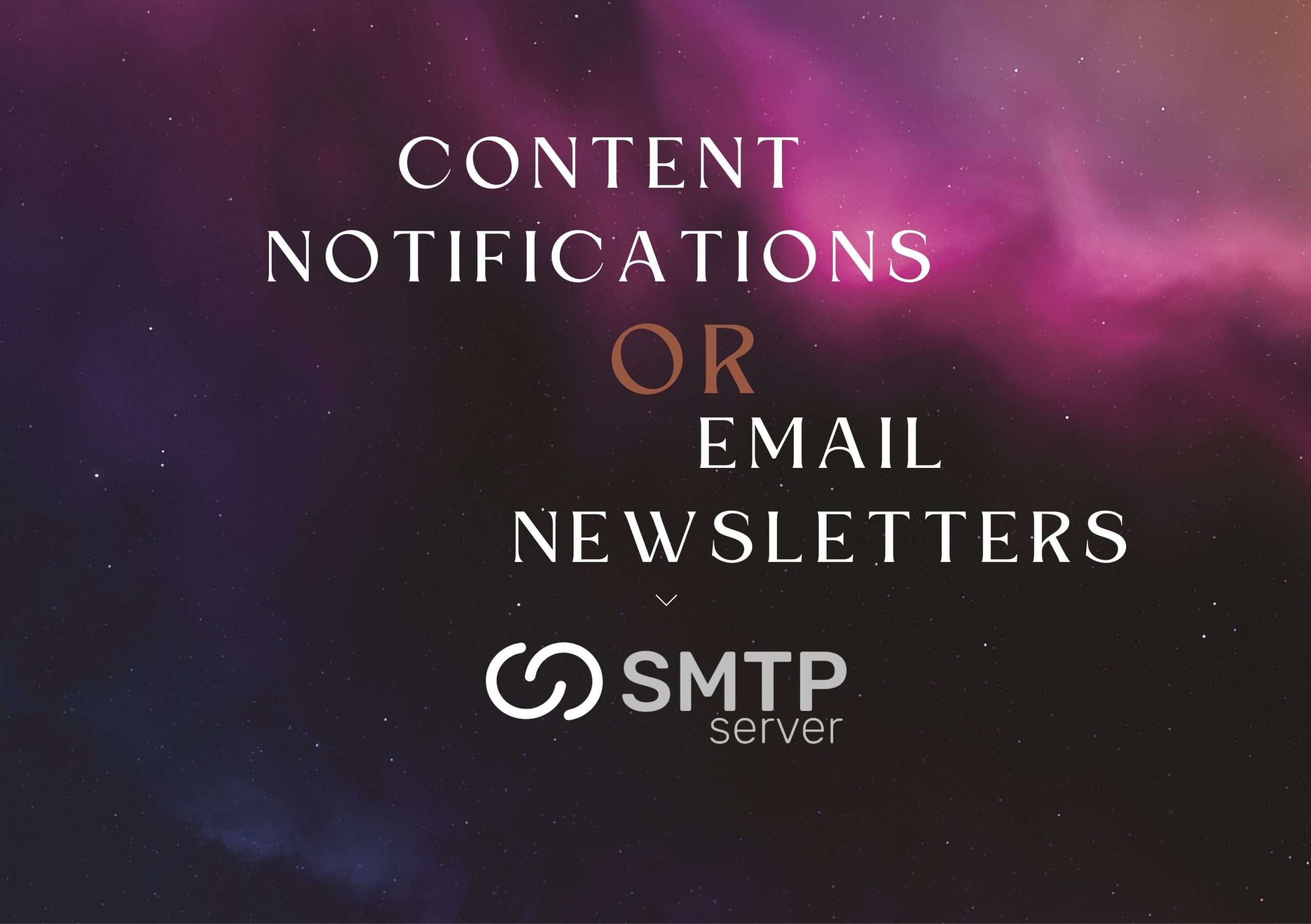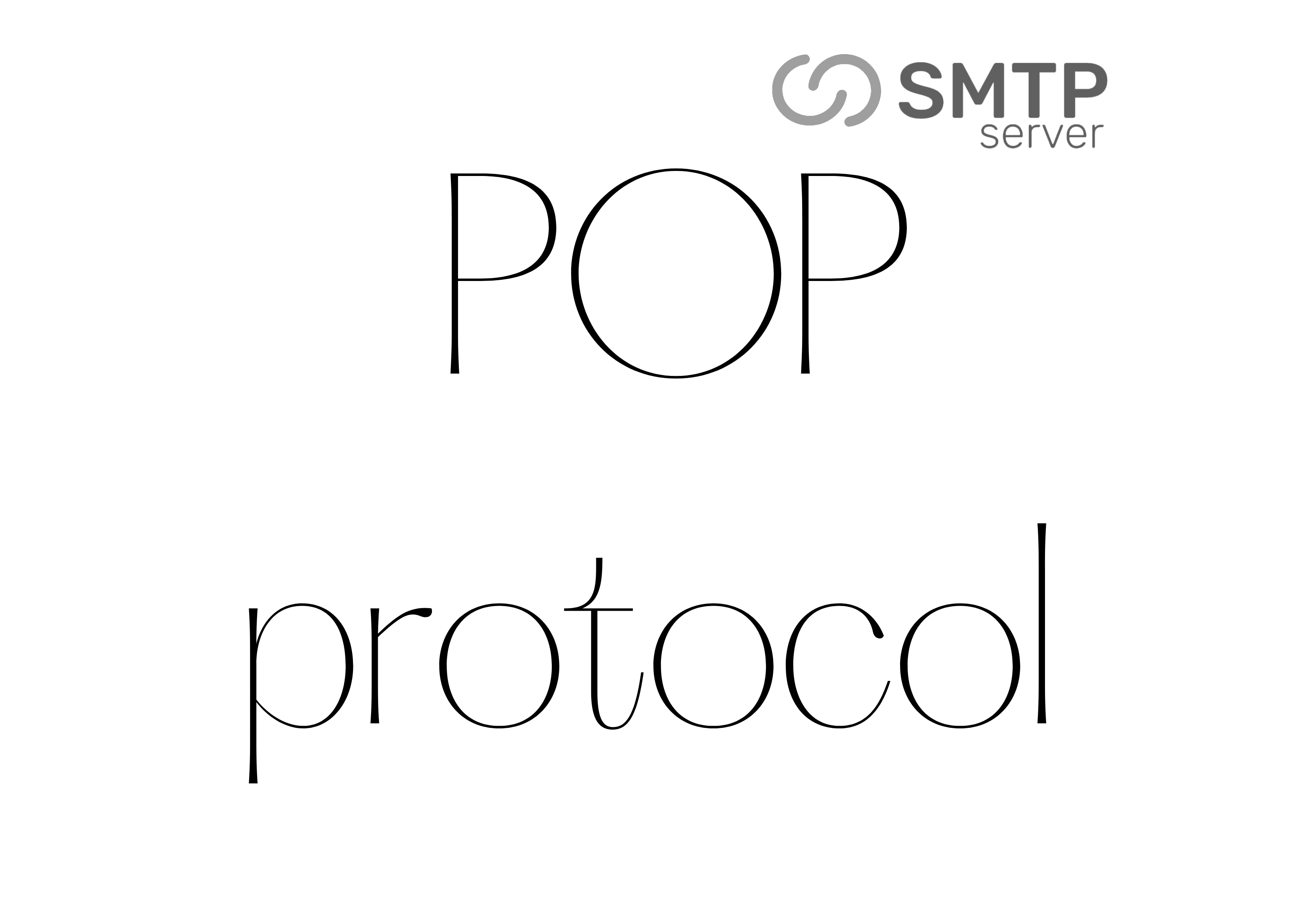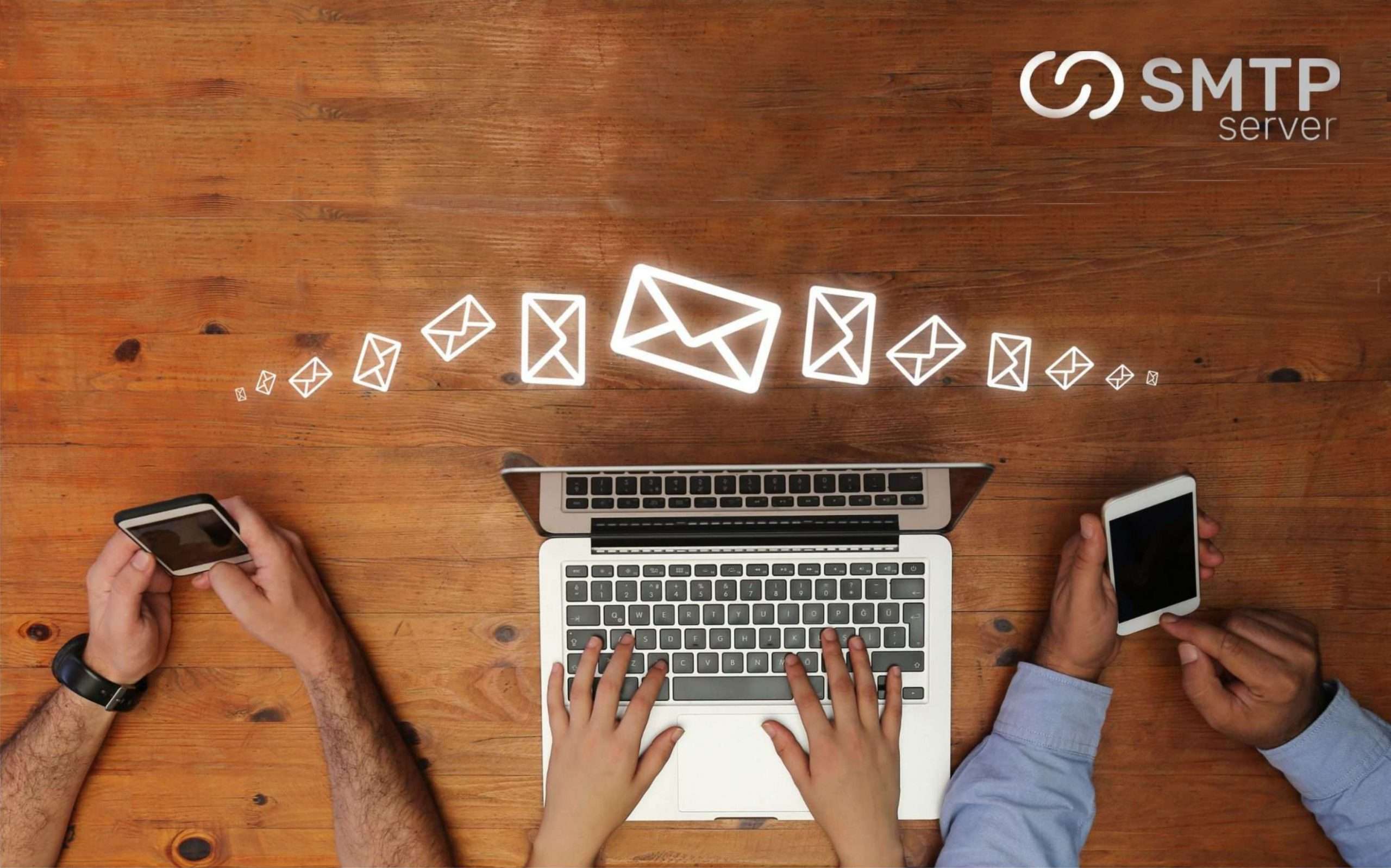6,778 total views, 3 views today
Introduction
At SMTPServer, we understand the crucial role that email deliverability plays in the success of your marketing campaigns. To ensure your messages reach the intended recipients and avoid being flagged as spam, it’s essential to follow best practices, especially when it comes to IP warm-up. In this article, we will provide you with a comprehensive guide on IP warm-up strategies, allowing you to establish a positive reputation for your sending IP and maximize your email deliverability.
What is IP Warm-Up?
IP warm-up refers to the process of gradually establishing a positive reputation for a new or dormant IP address. When you start sending emails from a new IP, Internet Service Providers (ISPs) closely monitor your sending behavior to determine whether your messages are legitimate or spam. By gradually increasing your sending volume and maintaining a consistent sending pattern, you can build trust with ISPs, improve your deliverability rates, and reduce the chances of being marked as spam.
Why is IP Warm-Up Important?
IP warm-up is crucial because ISPs are vigilant in protecting their users from unsolicited emails and potential spam. They carefully analyze the behavior of newly introduced IPs to distinguish legitimate senders from spammers. If you neglect the warm-up process, ISPs may perceive your emails as suspicious, leading to a high number of messages being filtered or blocked. By following the best practices outlined below, you can proactively establish a positive sender reputation and ensure your emails reach the inbox.
Also Read: Can You Get an Unlimited SMTP Server, Free?
IP Warm-Up Best Practices
1. Start with a Low Volume
To begin the warm-up process, it’s important to start with a low volume of emails. By gradually increasing your sending volume, you demonstrate responsible sending behavior and allow ISPs to observe and validate your email practices. Initially, start by sending emails to your most engaged subscribers, such as those who have recently interacted with your brand or made a purchase.
2. Monitor Feedback Loops
Feedback loops are mechanisms that enable ISPs to provide senders with information regarding user complaints. It’s essential to monitor feedback loops and promptly remove any recipients who mark your emails as spam. By promptly addressing complaints, you demonstrate your commitment to maintaining a positive sender reputation and improve your overall deliverability.
3. Gradually Increase Sending Volume
As you progress with your IP warm-up, gradually increase your sending volume while maintaining a consistent sending pattern. Consider doubling your volume every few days, allowing ISPs to become more familiar with your sending behavior and adjust their filters accordingly. This gradual increase signals to ISPs that you are a legitimate sender, and your emails are welcomed by recipients.
4. Pay Attention to Engagement
Engagement metrics, such as open rates, click-through rates, and spam complaints, play a vital role in determining your sender reputation. ISPs closely monitor these metrics to gauge the quality and relevance of your emails. Therefore, it’s crucial to deliver engaging and valuable content to your subscribers, encouraging them to interact with your messages positively.
5. Authenticate Your Emails
Implementing email authentication protocols, such as SPF (Sender Policy Framework), DKIM (DomainKeys Identified Mail), and DMARC (Domain-based Message Authentication, Reporting, and Conformance), adds an extra layer of trustworthiness to your email communication. Authentication protocols help ISPs verify that your emails are legitimate, reducing the chances of being flagged as spam.
Conclusion
A successful IP warm-up strategy is crucial for achieving optimal email deliverability. By following the best practices outlined in this article, you can establish a positive sender reputation, increase the chances of your emails reaching the inbox, and ultimately enhance the effectiveness of your email marketing campaigns.
Remember, IP warm-up is a gradual process that requires patience and consistency. Starting with a low sending volume, monitoring feedback loops, gradually increasing sending volume, prioritizing engagement, and implementing email authentication are all key steps in building a positive sender reputation.
At SMTPServer, we are dedicated to helping you navigate the intricacies of email deliverability and maximize the impact of your email campaigns. Implementing these IP warm-up strategies will significantly contribute to your overall email deliverability success.
For more information and personalized guidance on IP warm-up and other email deliverability best practices, feel free to reach out to our team of experts. Together, we can ensure that your emails consistently reach the intended recipients, enabling you to engage with your audience effectively and drive meaningful results.
Remember, a successful IP warm-up is an investment in the long-term success of your email marketing efforts. By prioritizing the establishment of a positive sender reputation, you are setting the stage for improved deliverability, increased customer engagement, and ultimately, a higher return on investment.
Partner with SMTPServer today and unlock the full potential of your email marketing campaigns. Contact us now to get started!





